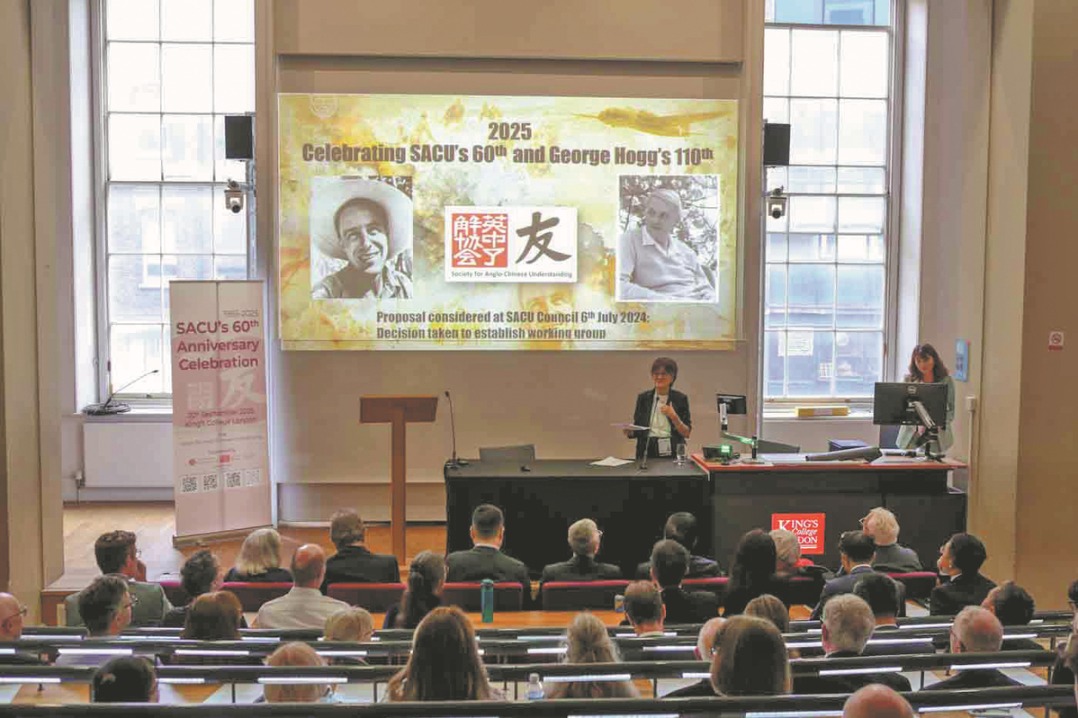Putting a stop to shifting sands
Long-running shelterbelt forest program ring-fences deserts in country's north, as Zhang Xiao reports


Systemic concept
The Yellow River "ji-shaped bend" region serves as both a major source area and pathway for sandstorms affecting Beijing, Tianjin and eastern regions, and is the main sediment source for the Yellow River's middle and lower reaches. This region forms an important component of the Three-North program as it features mountains, waterways, forests, fields, lakes, grasslands and deserts.
This area encompasses three major deserts — Kubuqi, Ulan Buh and Tengger — along with the Mu Us sandy land and over 10,000 sq km of loess plateau hilly and gully regions.
The Yellow River flows through this area, forming the shape of the Chinese character ji. The region faces unique ecological challenges, with both rivers and deserts, and particularly severe soil erosion problems.
For different areas in the Yellow River's various reaches, with their distinct landforms, natural endowments and territorial functions, local authorities have implemented areaspecific approaches. In the upper reaches, which feature hilly and gully terrain called "kongdui", they adopt a model of "planting trees on mountaintops, returning farmland to grass on slopes, building terraced fields on hillsides, and constructing dams in gully bottoms for land accretion".
In treating the Yellow River's downstream alluvial plains, salt-tolerant tamarisks take root first near water sources. At sand dune foundations, drought-resistant willows anchor shifting sands, while on dune tops, desert willows are woven into flexible grids to "shape" the dunes.
"Ten Major Kongdui" refers to 10 seasonal flash flood gullies on the Yellow River's southern bank in Inner Mongolia, located in Dalad Banner of Ordos city. These gullies transport sediment to the Yellow River year-round, causing soil erosion.
Yang Jianlong, head of the Dalad Banner forestry and grassland development center office, said there has been a scientific approach to tackling this issue.
"The management concept for the entire Heilaigou Kongdui follows the comprehensive governance approach of mountains, waterways, forests, fields, lakes, grasslands and deserts," Yang said.
"In terms of sediment transport, we previously delivered 27 million cubic meters annually to the Yellow River through the 10 Major Kongdui; now it's 4 million," he added.
























